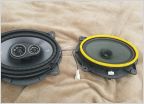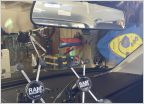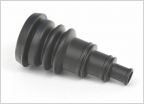-
Welcome to Tundras.com!
You are currently viewing as a guest! To get full-access, you need to register for a FREE account.
As a registered member, you’ll be able to:- Participate in all Tundra discussion topics
- Transfer over your build thread from a different forum to this one
- Communicate privately with other Tundra owners from around the world
- Post your own photos in our Members Gallery
- Access all special features of the site
Best Shallow Sub
Discussion in 'Audio & Video' started by Snert, Dec 9, 2024.
Page 3 of 8
Page 3 of 8


 Aftermarket 6x9 in front door clearance issue using spacer/adapter
Aftermarket 6x9 in front door clearance issue using spacer/adapter Waterproof inline fuse?
Waterproof inline fuse? Mounting locations for Garmin Dash Cam
Mounting locations for Garmin Dash Cam Amp power wire, through driver or passenger side?
Amp power wire, through driver or passenger side? USB C Conversion
USB C Conversion













































































